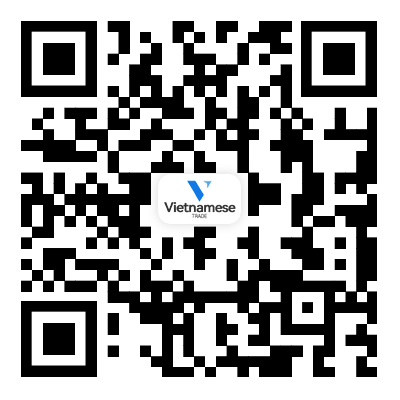What is the principle of laser rangefinder?
2024-06-06
A laser rangefinder determines the distance to an object by using a laser beam. The principle of operation involves several key steps, and there are primarily two types of laser rangefinders based on the method used: Time-of-Flight (ToF) and Phase Shift. Here’s a detailed explanation of each principle:
1. Time-of-Flight (ToF) Principle
The Time-of-Flight method measures the time it takes for a laser pulse to travel from the rangefinder to the target and back. Here’s how it works:
1. Emission: The rangefinder emits a short pulse of laser light towards the target.
2. Reflection: The laser pulse travels to the target and is reflected back to the rangefinder.
3. Detection: A sensor in the rangefinder detects the reflected laser pulse.
4. Timing: The rangefinder accurately measures the time interval between the emission of the laser pulse and the detection of its reflection.
5. Distance Calculation: Using the speed of light (approximately 299,792,458 meters per second), the rangefinder calculates the distance to the target using the formula:
\[ \text{Distance} = \frac{\text{Speed of Light} \times \text{Time}}{2} \]
The division by 2 accounts for the round trip of the laser pulse (to the target and back).
2. Phase Shift Principle
The Phase Shift method involves measuring the phase difference between the emitted and reflected laser light. Here’s how it works:
1. Continuous Wave Emission: The rangefinder emits a continuous laser beam modulated with a sinusoidal signal.
2. Reflection: The modulated laser beam travels to the target and is reflected back.
3. Detection: The reflected laser beam is detected by the rangefinder.
4. Phase Comparison: The rangefinder compares the phase of the emitted signal with the phase of the received signal.
5. Distance Calculation: The phase difference is used to calculate the distance, as the phase shift is directly related to the distance the light has traveled. The calculation is based on the wavelength of the modulation signal and the measured phase difference.
Additional Components and Considerations
- Optics: Lenses and mirrors are used to focus and direct the laser beam towards the target and collect the reflected light.
- Electronics: High-speed electronics are required to measure the time or phase differences accurately.
- Microprocessor: A microprocessor processes the measured data to calculate and display the distance.
- Accuracy and Range: The accuracy and range of a laser rangefinder depend on factors such as the quality of the optics, the power of the laser, and the precision of the timing or phase measurement electronics.
Summary
- Time-of-Flight (ToF): Measures the time taken for a laser pulse to travel to the target and back, using the speed of light to calculate distance.
- Phase Shift: Measures the phase difference between emitted and reflected continuous wave laser signals, using this phase difference to determine the distance.
Both methods are highly effective for different applications, with ToF being more common for general-purpose rangefinding and Phase Shift being used in applications requiring high precision.


